Japan, the second round
If you have been following the blog and reading the newsletter, you already know I have just returned from a one-month trip to Japan. The trip had a first half of 2 weeks when I participated in the GJTA Tea Master course. You might have seen some stories and pictures on our Instagram account. I need to do a better job at sharing those images, but hopefully, you will see some of them as I use them in the following posts I am planning.
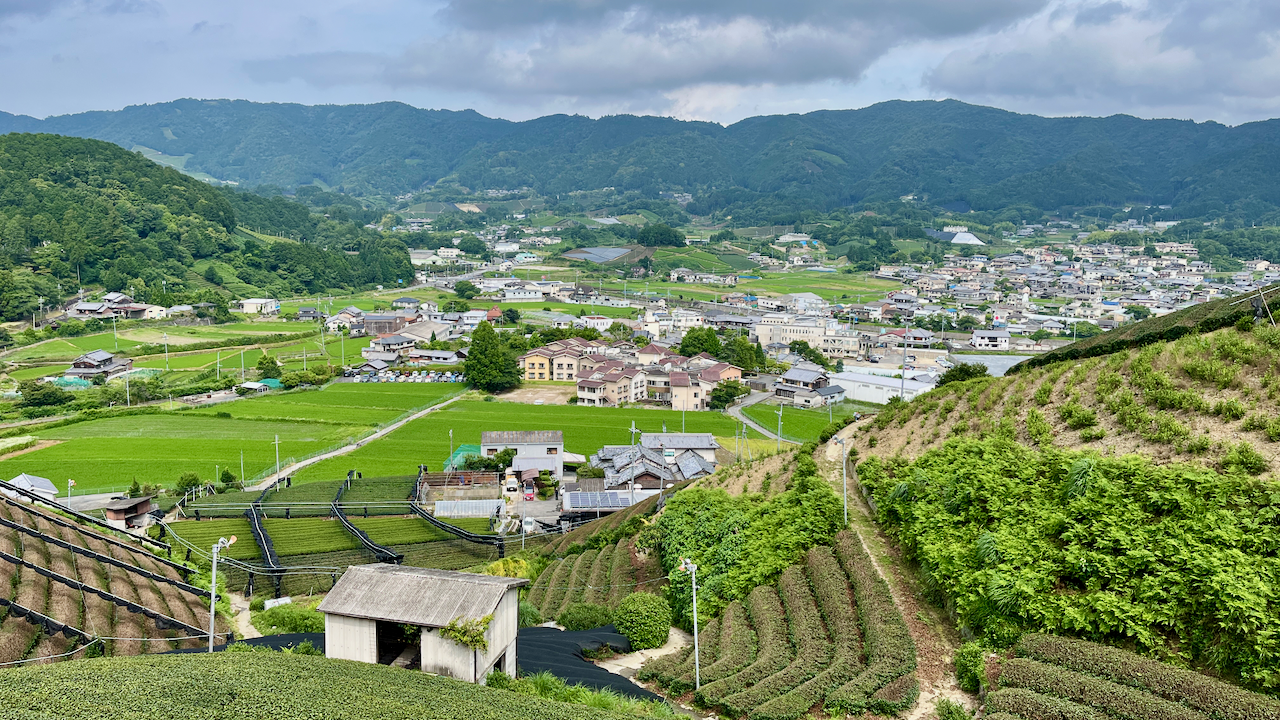
Kyushu
That said, the second part of the trip was a two-week vacation in several parts of the country. Of course, that included tea-related activities and visits to meet with some farmers and friends. The first stop after the completion of the master course in Wazuka was travelling all the way to Saga, Kyushu. After a short stop in the city, we visited a local reconstruction of the Saga castle, home of the Nabeshima clan. Although not a tea-related visit, I found a small booklet about one of my favourite figures in tea history, Baisao, a native of the region. I did not have the opportunity this time to visit the remains of the temple he lived in, perhaps another day, but I got a fun little pin of him.
After Saga, we were on our way to Sonogi, north of Nagasaki, we visited the Ikedoki team. We decided to stop at a nearby seaside temple on the way there, which took us through the beautiful scenic routes of the rural Japan train routes, with great views. The next day we finally got a chance to meet Marjolein from the Ikedoki team and once more with Matsu-san, who was one of the teachers of the Master course. It was a great experience, and I cannot wait to visit again soon. The city is located in a lovely coastal inner bay in Nagasaki prefecture, and the tea fields overseeing the sea offer stunning views.
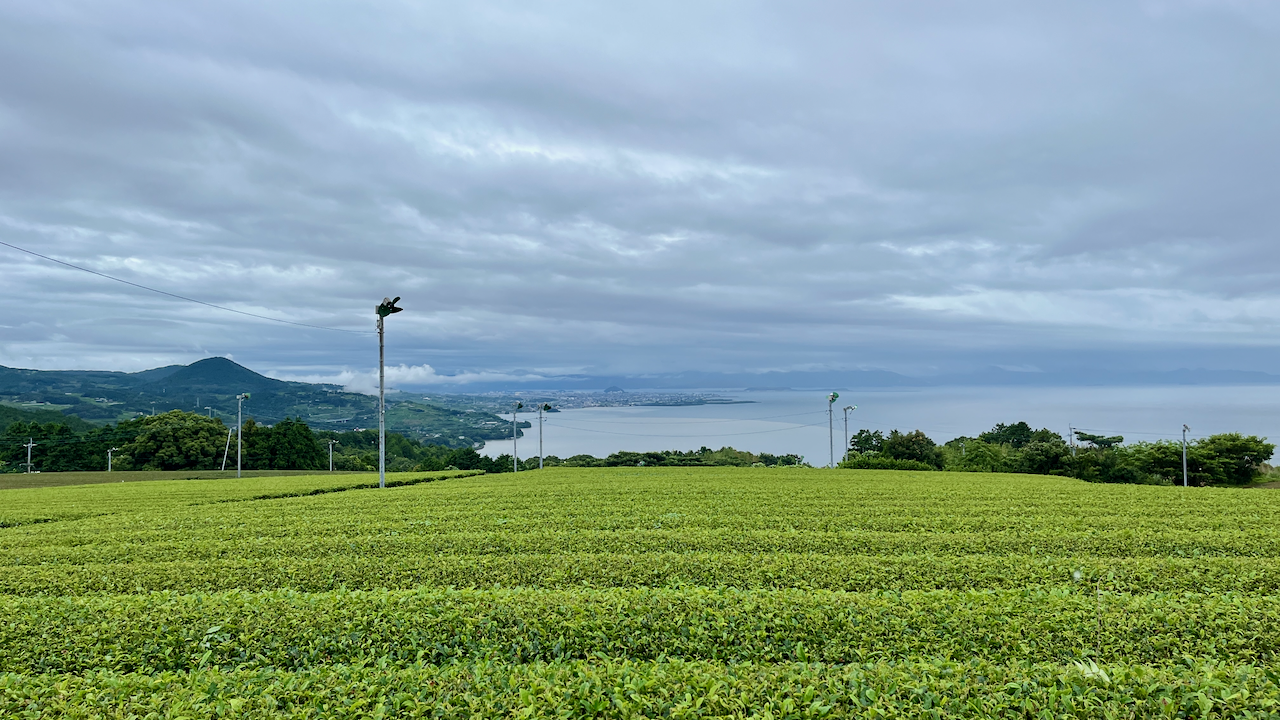
Kyoto
After a few days in Nagasaki and a small ceramic treasure hunt with Marjolein in Arita, we flew to Kobe, and took a train to Kyoto. We spent a couple of days visiting the city and spending Tanabata in places like the Kifune shrine and other locations. The area where our hotel was located had quite a few tea places around. One of them was Maryuku Koyamaen, a renowned matcha-producing company founded approximately 300 years ago, sometime around 1704. Nearby, we found a house that seemed to hold a private museum connected to the Ogawa family. And close by, I found another small house that seemed to be a tearoom connected to the Ogawa family. Those encounters in such short distances made me think of the Ogawa Kashin Sencha tea school.
After my initial excitement and some research, the first house appears to be from a wealthy merchant-class businessman. Dating back a bit early to Ogawa Kashin, but with connection to the court in the nearby Nijo castle. Ogawa Kashin was a physician from a samurai family with ties and patrons in the court. Later in his life, he devoted himself to promoting Sencha. These locations are just a few hundred meters away from each other. I will have to investigate more to see if they are connected to the same family in a way. Nonetheless, an interesting occurrence and neighbourhood as most of the small streets of Kyoto have to offer.
Around the area, we also found an old incense shop with an impressive display of incense burners and old incense-making tools. Hayashi Ryushodo. The first time I encountered the shop, I thought it was another famous incense shop. The shop is around 180 years old, and I was happy to see always some customers inside when we walked in front of it several times on the way to and from our hotel. The other incense shop I am referring to is Yamada Matsu, located on the west side of the imperial palace.
Tokyo
A few days later, Tokyo was our base for a few days, mainly for some touristic activities. I lived 2 years in Osaka a few years ago and actively avoided visiting the city. It was not as bad as I expected, but not a place I would go on my own without a specific reason for it, in my opinion. I had a great time at a local matsuri on Kappabashi Street in Asakusa. Also visited a couple of tea-related locations that I had wanted to visit for many years, Sakurai Tea Experience and Senchado.
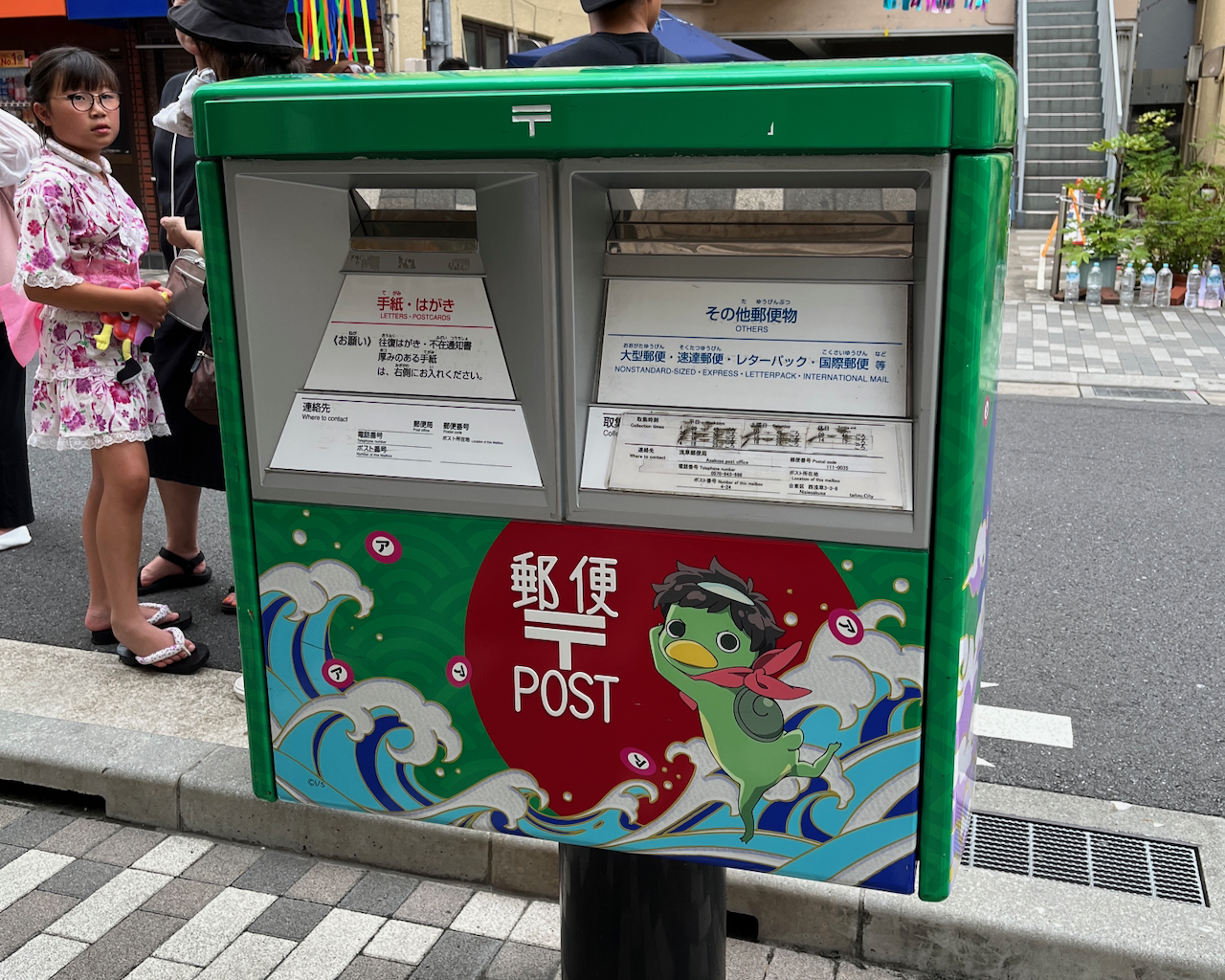
Sakurai Tea Experience was great. I suggest you visit their website to see what is offered before booking or deciding to go. We took the standard experience menu, and I truly enjoyed it. That said, I would probably go for one of the more creative or seasonal ones if I could choose again. Some days later, they started a Bancha local specialities menu course. I had learned so much during the master course about these rare local specialities that I honestly felt sad missing out on the opportunity to taste them together again.
If you are up for interesting local speciality bancha teas and related products, drop by the Bancha Study Group website. The information is all over the page, not just a blog post. There is more content in the product descriptions than in the blog itself. There are some English translations available too.
Senchado is a shop specialising in single-cultivar teas from all over Japan. It is a great shop to try and buy rare cultivars in a single cultivar unblended form. I have a bunch of them and can't wait to start tasting them and reading more about those cultivars. A couple of places we didn't visit, like Shinkoju, another great shop specialising in cultivars or Chachanoma, but if I will make sure to pay a visit if the opportunity comes up.
Makinohara, Shizuoka
The last leg of the trip brought us to Makinohara in Shizuoka. There I had the pleasure of finally meeting Morihiko Yamamoto-san from Samurai tea farms. An incredible welcoming farmer from Makinohara, he produces teas focusing on the aroma rather than just the umami. He also produces one of the best black Japanese teas I have tried. Part of the visit was to learn from his approach to those teas and learn more about Kaori Ryokucha, a tea he produces jointly with a local cooperative. That is a Sencha that also focuses more on the aromatic profiles of the tea rather than just the umami. You can read more about the process in the blog post here.
Yamamoto-san showed us around his tea fields, where we visited 3 tea fields. The first was a conventional farming one in the middle of a massive plateau where you could only see row after row of tea managed by several farmers. Then we moved to the outskirts, to his organically grown field, where we met with his wife and son. And lastly, we had the opportunity to visit a younger tea field where he made the first harvest after planting a Taiwanese cultivar 3 years ago. He seemed happy with the growth of that new field, and I could buy a bag of that particular tea. I will share more about it in another post eventually.
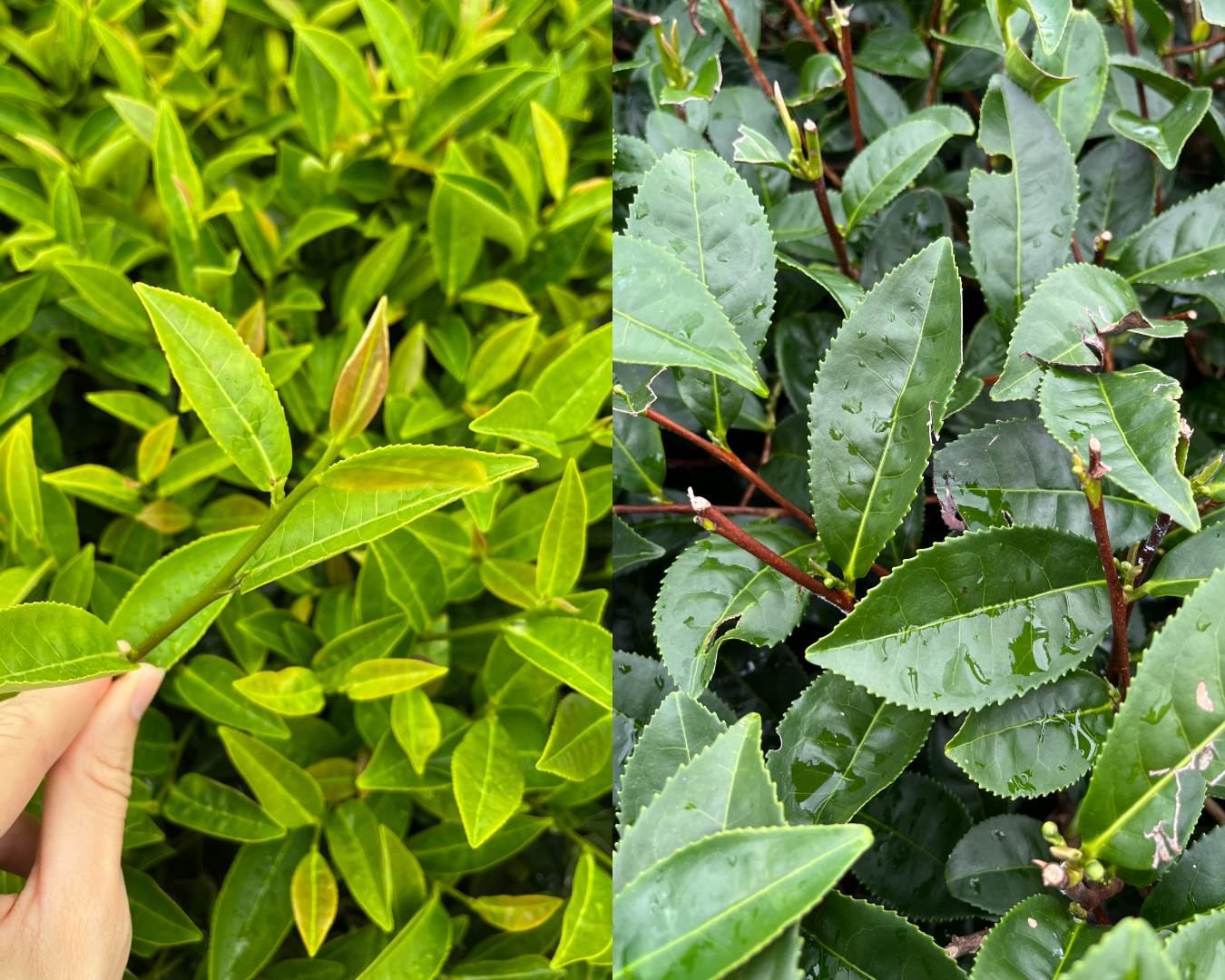
Lastly, I had the incredible opportunity to visit the Prefectural Shizuoka tea research centre. Just a few minutes away from the cooperative producing Kaori Ryokucha. The cooperative followed the research of the centre and cooperated with them. Once the research was completed, initial production was attempted together with the farmers of the cooperative. An example of the close cooperation that those centres have with the farmers in the area. I got to learn first-hand the process of selection for new cultivars. We even got to try two unreleased cultivars that will debut on the fields starting in 2024, Yumesumika and Shizuyutaka. Those were registered as cultivars just a few months ago, on the 19th of May 2023, or at least one of them. The visit was conducted in Japanese, and some details got lost in translation due to my understanding of the language. Both had interesting traits in different areas. I am eager to see how the initial reception is for those cultivars. They could shape and give a twist to the region's tea cultivation, both in flavour characteristic differentiation and in a production boost.
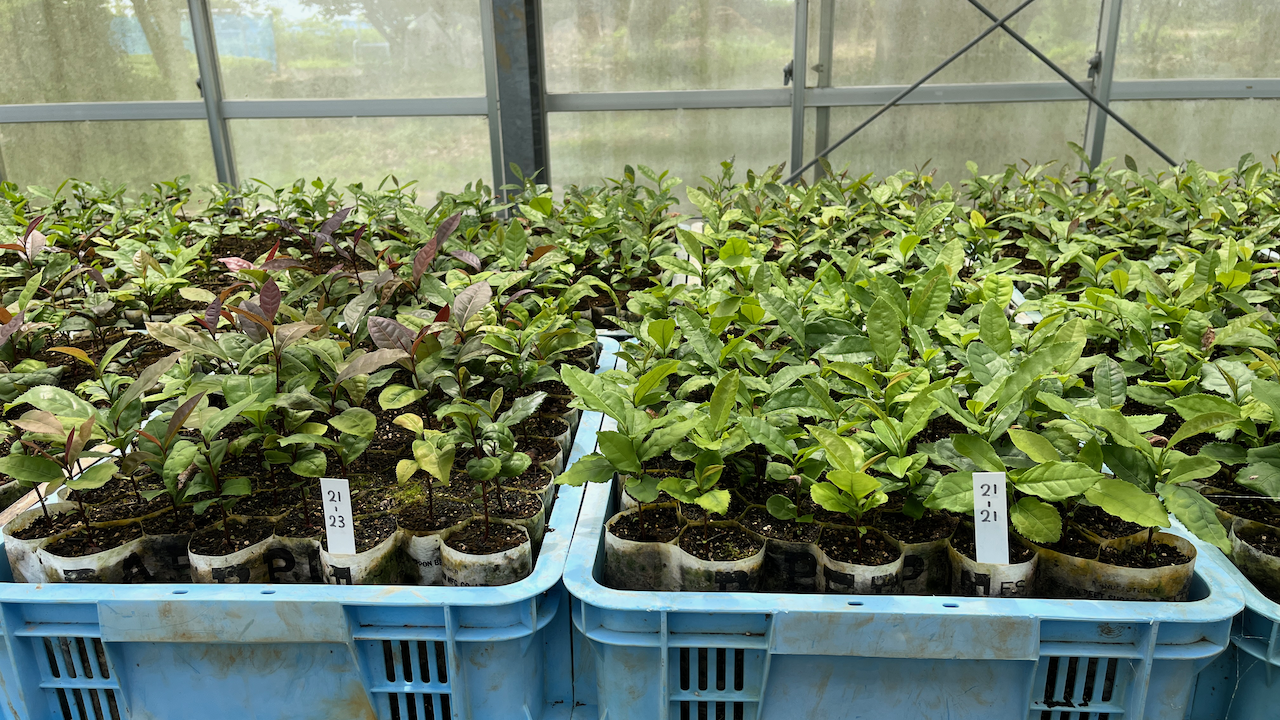
Osaka and Sweden
After the visit, Yamamoto-san drove us to the local train station, where we started our trip back to Osaka. To prepare for our comeback to Sweden. After spending the night at a friend's home, we had to tackle how to pack everything again. During my travels and throughout the course, I acquired a multitude of teas from various locations. It was a challenge to pack everything. I wanted to strike a balance between bringing with me to Sweden some of the most interesting teas. But also leaving some for my comeback sometime in September. You can read more about that in the July newsletter coming up on a couples' day. Somehow we managed to pack almost all of our stuff and headed to the airport. The trip back home went smoothly, except for getting to the airport with such heavy luggage.
Perhaps the most difficult part has been the realisation to come back to this home that is Sweden and not realizing how short my time here has been. After living in different countries, there is always a piece of oneself that stays in those places.
